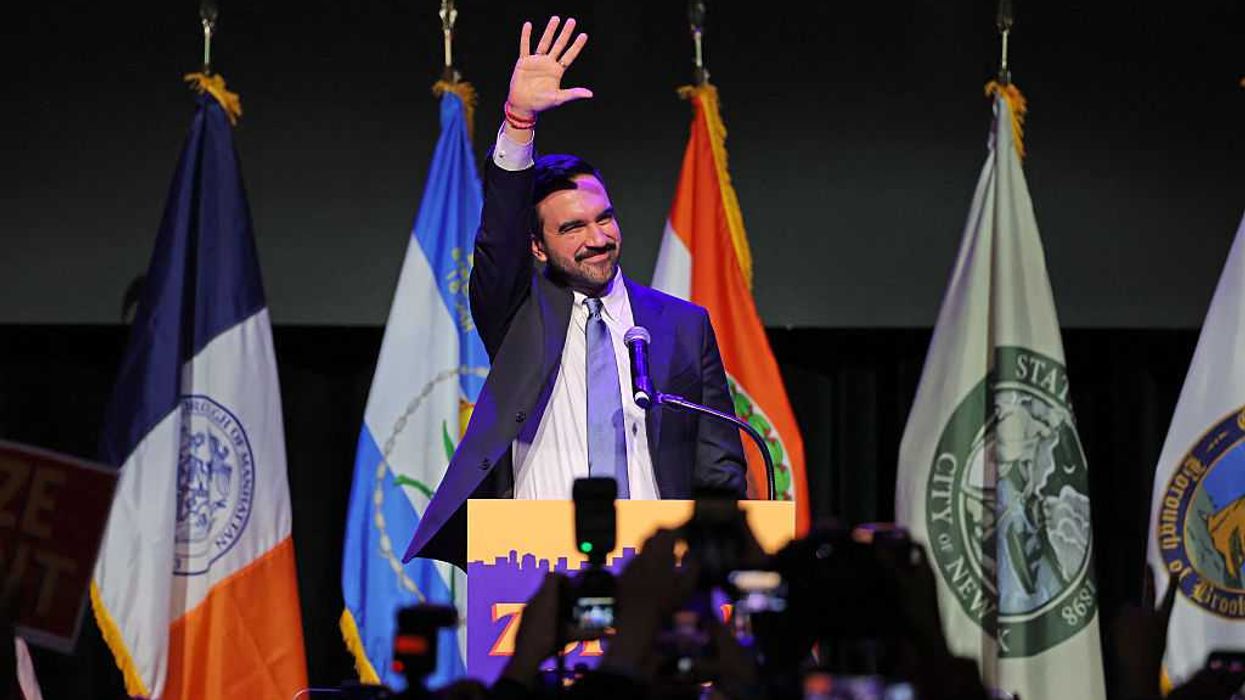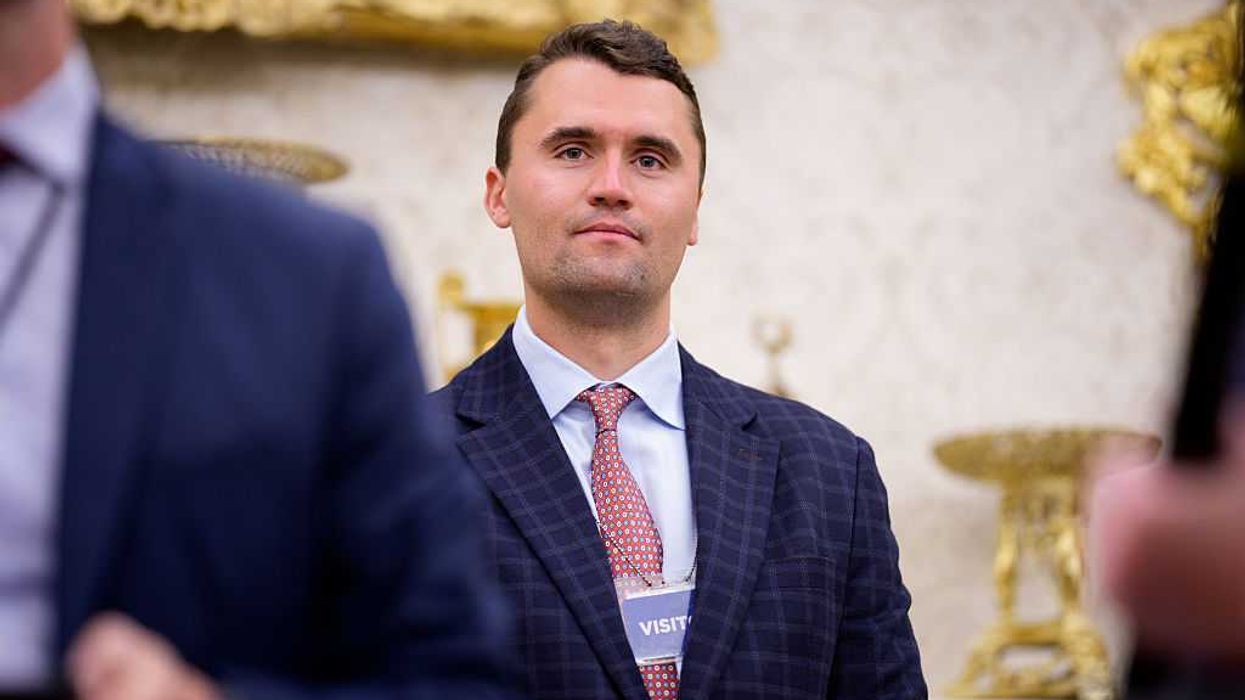Heaven Is for Real finished a remarkable third at the box office this weekend, raking in an estimated $21.5 million. In fact, since opening last Wednesday, the film, based on the 2010 best-selling book about then 4-year-old Colton Burpo’s near-death experience that resulted in him saying he met Jesus and deceased loved ones in heaven, has earned $28.5 million. That tally more than doubles the $12 million spent on the film’s production.
“I don't know if you have seen the movie Heaven Is for Real, but it came out this weekend, and I would imagine this is going to be one of these movies that will grow. Once you have seen it, you will want to tell your friend about it. It was Number 3 at the box office,” Glenn said on radio this morning. “If you like the book Heaven Is For Real, you will love the movie… Truly, a remarkable story.”
Glenn explained that he saw a screening of the film a couple of weeks ago – just days after his own father’s death – and the story had a profound impact on him.
“I saw it right after my father died, and it is exactly the same message that I got from my father's death. My father's last words a few weeks ago were, ‘Okay, I understand. I'm ready. Take me with you,’” Glenn explained. “And I saw just a couple days later Heaven Is for Real, and I thought: The Lord is sending us a message. He is telling people, ‘I am here. I am real. And I'm not going any place.’”
On radio this morning, Colton’s father Todd Burpo joined Glenn to discuss how his son’s experience a decade ago changed their family forever and how Glenn actually played a role in the family being able to make sense of Colton’s experience.
For anyone unfamiliar with the story, Heaven is for Real is the story of Colton Burpo, who awoke from an emergency surgery when he was four-years-old claiming to have visited heaven. Colton remembers being able to look down and see the doctor operating on him and his dad praying in the waiting room. Furthermore, Colton said he met his miscarried sister in heaven even though no one had ever told him about her and his great grandfather who had died 30 years before Colton was born. The boy also said he saw Jesus.
While the entire Burpo family struggled to understand what Colton had experienced, Todd faced an added pressure as a pastor. People in the community and parish were skeptical of the story, and the family faced an interesting conundrum.
“How true to the real life is the pushback from your own faithful and your own church,” Glenn asked.
“We have experienced all that,” Todd said. “It comes at us a little faster in the movie, just because they have to compress time more than real life… But we have gone through all those stages and all those people represented in the movie are composites of real issues we have dealt with in real life.”
One little known fact about the story is the round-about role Glenn and his CNN show played in shedding light on the situation for the family.
“You have a big part in the story,” Todd said. “[Your] CNN show is how we found the 'Prince of Peace'… When we were looking for pictures of Jesus Christ my son would always say nothing was right. You were the one that did the documentary that helped us find the 'Prince of Peace.'”
The family spent years trying to find an image that would reverberate with Colton but consistently came up empty handed. In 2006, however, Glenn featured a young painter and a poet, named Akiane Kramarik on his CNN show and the family found what they had been looking for.
As TheBlaze reported, Kramarik believes God began speaking to her through vivid visions when she was just four years old. She began drawing and painting complex images of Jesus and the heavens — renditions of what she apparently saw during first-hand, and one of those paintings, titled “Prince of Peace,” was included in a video package that aired on Glenn’s program.
Below is a photo of the painting:
 Image Source: Akiane.com
Image Source: Akiane.com
Todd explained that when Colton saw the painting he was stopped dead in his tracks.
“He just froze. I remember pulling your documentary up on the screen. I said, ‘Colton, what do you think of this one?’ I was expecting him to say, ‘This is wrong,’” Todd explained. “He just kind of spaced out. It wasn't like he was even in the room anymore. I had to get his attention… He was like, ‘Dad, that's right. That's what he looks like.’ That's the only one that he's ever said is right.”
While many may have been apprehensive about turing over such a personal and faith-filled experience to Hollywood, Todd explained that his family is happy with the film and grateful for the opportunity to share the story with a wider audience.
“That was the very thing we focused on the from the beginning. We weren't going to agree to work with anyone if they didn't make a commitment to tell Colton's story his way,” Todd said. “This is a movie that if you read the book, you will like it. That was huge to us… They have kept their word and they are thrilled about that.”
Watch the Heaven is for Real trailer below:

 ANGELA WEISS / Contributor | Getty Images
ANGELA WEISS / Contributor | Getty Images
 Eric Lee / Stringer | Getty Images
Eric Lee / Stringer | Getty Images Andrew Harnik / Staff | Getty Images
Andrew Harnik / Staff | Getty Images